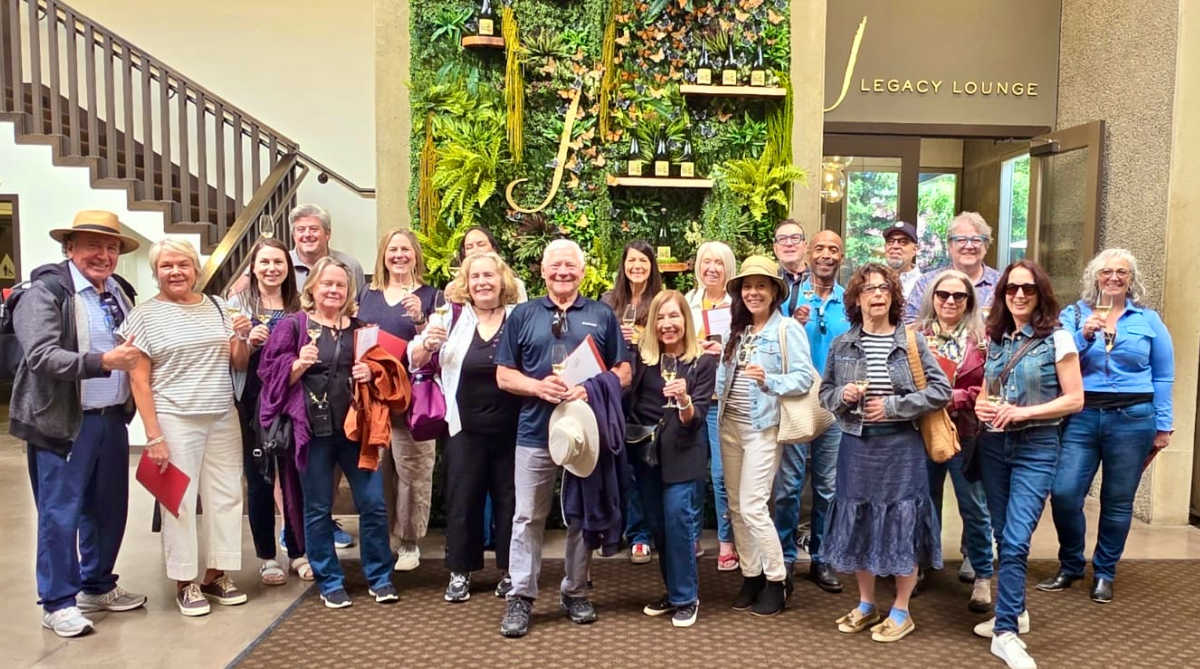It was intense. Four full days and nights this June in Sonoma County with a stellar cadre of 17 wine writers, educators, promoters, and students. We enjoyed educational seminars, tours of vineyards and wineries, tasting sessions, and engaging interviews with winemakers, owners, and industry legends. Together, we explored the 19 AVAs (American Viticultural Areas) within the county, which is home to over 1,800 grape growers and 425 wineries. Our events were hosted by 66 wineries at 13 different tasting rooms and vineyards, where we tasted over 120 wines (spitting about 98% of the time!). This Wine Writers Education Tour/Sonoma County (WWETsoco) was organized by Fred Swan, a noted wine educator, expert, and friend.
What stood out most was the strong sense of collaboration and caring— for one another, for the land, for the workers, and for the future of the wine industry as a whole. This recap of day one will tell you the story that continued throughout.
We experienced our first glimpse of that collaboration when Karissa Kruse, president and CEO of the Sonoma County Winegrowers, welcomed us at J Vineyards. Her presentation covered the history of Sonoma County winegrowing, the county’s role in the global wine market, its varietal mix, and an overview of the AVAs. What really caught my attention was when she shared the Top Five Priorities for Sonoma County Winegrowers.
- Grow the overall wine category and make wine more accessible
- Find new wine fans and deliver enjoyment
- Have wine consumers to try Sonoma County wine and evolve their palates with us
- Target luxury consumers and deliver world-class experiences and wine that support price premiumization
- Experience success when our winery partners can find new consumers (DTC) or new partners who will buy/carry their wine
(Are you surprised that the first two priorities are NOT specific to Sonoma County wines? I was.)

Then, Karissa continued with videos that showed her organization’s continuing commitment in three key areas:
- Enhancing Sonoma wine’s mindshare and sales
- Building on the county’s success in effectively achieving sustainability in 100% of its vineyards
- Supporting the growers—not just the vineyard owners, but the people doing the work in the fields
It was heartwarming and inspiring to see the partnership between the Sonoma County Winegrowers and the Sonoma County Fundación de la Voz de Los Viñedos, which has continuously demonstrated a unique model of outreach and support, recognizing and relying on the trusted relationship that farmers have with their employees.
Neighbors, not sub-parts. Kinda Mr. Rogers-y.
After enjoying a lovely lunch and a sparkling wine seminar in the “bubbles room,” we loaded the bus and made our way to Gary Farrell Vineyards & Winery for two engaging workshops, including “Pinot Noir Neighborhoods of Russian River Valley.” Curious about why they call these six areas “neighborhoods” instead of sub-AVAs like in other regions? The owners and winemakers we spoke with explained that the term “neighborhoods” is great for storytelling and making connections within the wine community. It beautifully showcases the diversity and richness of the Russian River Valley while celebrating the unity of those passionate about wine. They prefer to use ‘neighborhoods’ as a friendly storytelling tool rather than official sub-AVAs. To me, it conveyed a warm, cozy feeling—neighborly, collaborative, and full of care.
 One long table with generations of farmers—a big, welcoming hug.
One long table with generations of farmers—a big, welcoming hug.
Family was also a theme that was woven throughout the four-day conference. Dinner on day one was jointly hosted by Sonoma County Winegrowers and Karissa’s husband’s family at their historic Dutton Ranch, part of the Century Club—farms and ranches that have been in business for 100+ years.
This heart-warming dinner was like a big, welcoming hug. With a farm-to-fork family-style dinner at the long table in the Dutton barn, our WWET group engaged with Century Club families who have been growing grapes in Sonoma County for more than 100 years. Babies, nonagenarians, and all in between. We heard family histories, wisecracks, and stories of determination and resilience. As we shared local food and wine, we also began friendships that will translate to lasting memories—and some good PR for the region.
Making it real.
While collaboration, caring, family, neighborliness, and altruistic values have shaped Sonoma County’s wine community, perhaps the number one decision that catapulted them to Napa Valley-level fame is conjunctive labeling—the ultimate expression of solidarity. Conjunctive labeling means that, in addition to any other information on a wine label, it must include the name of the designated region.
Few AVAs have conjunctive labeling laws. It’s not easy to get the kind of buy-in necessary to make it happen. Conjunctive labeling was first established by the Napa Valley Vintners in 1990, requiring all wine produced in the AVA to have “Napa Valley” on the label. It wasn’t until 2014 that Sonoma County began requiring that all wine produced from a Sonoma County AVA must also include “Sonoma County” on the label. (Notably, Lodi followed Napa’s labeling lead in 2006 and Paso Robles in 2007. Monterey County established conjunctive labeling in 2016, and Willamette Valley in 2017.)
 Collaboration yields results in consumer awareness and sales.
Collaboration yields results in consumer awareness and sales.
Although Napa Valley and Sonoma Valley both became designated AVAs in the same year, with Napa in January 1981 and Sonoma in December 1981, it wasn’t until Sonoma County established conjunctive labeling that consumer awareness of the two regions evened out. A study by Sonoma State University in 2016 clearly showed this. Conjunctive labeling helped build brand equity for Sonoma County wines and maintains and strengthens Sonoma County’s status as a recognized world-class wine region. It increases sales of wines made from Sonoma County grapes, enhances recognition for every AVA within Sonoma County—both well-known and less familiar—and makes sure that consumers know where they are.
It takes the kind of collaboration that is the hallmark of Sonoma County Winegrowers, Sonoma County Vintners, and Sonoma County Tourism to pull a large group of savvy, successful, and entrepreneurial farmers/scientists/businesspeople together to make this happen. Producers may have differing viewpoints on the value of individual versus regional branding, but the payoff from working together is worth it.
Thanks for the lessons, Sonoma County!




Leave a Reply